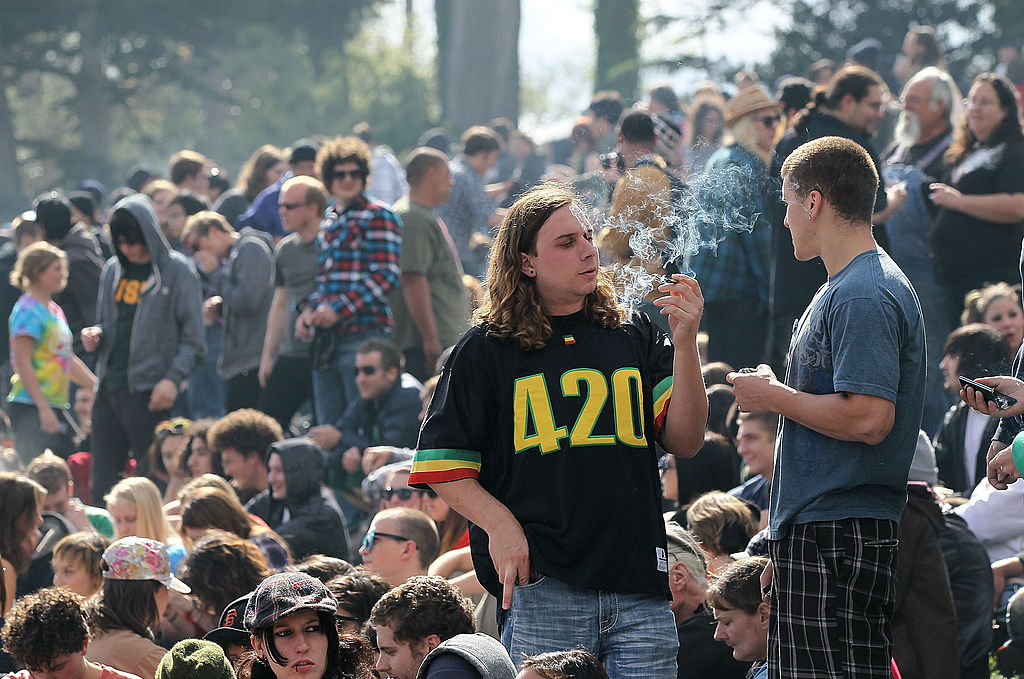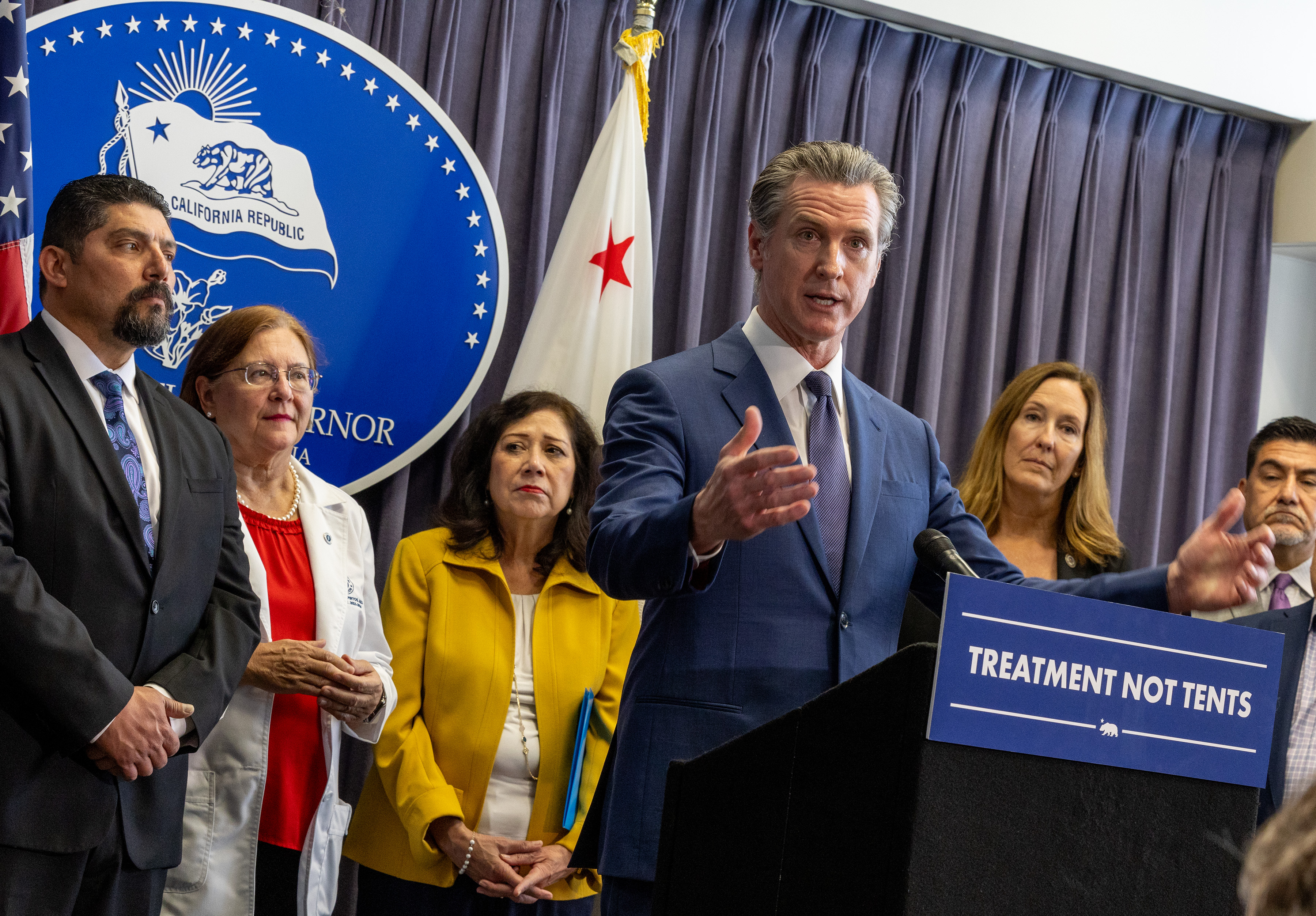State regulators this week released a telltale photo showing the flashpoint of the Camp Fire, just as a regulatory judge gave PG&E until Friday to account for the tax benefits it could reap in the $1.6 billion deal struck with the CPUC’s safety arm over two years of devastating wildfires.
The photo shows the spot where the Caribou-Palermo transmission line struck part of Tower :27/222 along a steep Feather River canyon near the town of Pulga. It was here where a worn hook on a nearly 100-year-old transmission tower failed, causing the 115,000 volt line to strike a steel strut, sparking the fire that claimed 85 lives and leveled the town of Paradise.
Butte county prosecutors who are leading a criminal investigation into PG&E had sought to keep the photo private, but relented last week at the request of state regulators, who included it in a regulatory filing lodged this week. It will no longer be redacted out of the state CPUC’s final report on the fire, which cited systemic lapses in the company’s tower inspection program as a key factor in its failing to spot the worn hook before the fire.
Meanwhile, a regulatory judge wants PG&E to spell out just how big a tax break the company could expect as part of the recent $1.6 billion deal the utility struck with the agency as punishment for violating safety regulations for wildfires in 2017 and 2018. Administrative Law Judge Sophia Park has given PG&E until Friday to respond to a long list of questions about various provisions of the settlement.
Critics like former state utilities commission president Loretta Lynch say the company should not be able to benefit in any way for making up for past wrongs with new spending. They say the deal already lets the company escape having to admit responsibility and lets the utility out of jeopardy for any misconduct that regulators may have missed. They say any settlement should be amended to prevent the company from taking advantage of the kind of tax break it reaped for similar post-San Bruno gas explosion safety spending.
“That’s s the big boondoggle here,” Lynch said of the Camp Fire deal in a recent interview. “PG&E, on the one hand, pays money (for safety), but on the other hand, gets money in a tax break and keeps that money -- pockets it.”
Lynch praised the judge, however, for demanding the company outline the specifics of any tax benefit in light of its long troubled safety track record, like the two dozen regulatory violations alleged in the wildfires.
Local
“They should now not get the benefit of all of those bad acts -- they just shouldn’t,” Lynch said. “And any benefit that comes back in a tax break should go to the ratepayers. And frankly, it should go to the victims.”
Park, the regulatory judge overseeing the case, also called on the utility to be far more specific on the audits and other promised upgrades included in the deal that are billed as helping to prevent another disastrous wildfire season.
PG&E does not admit specific wrongdoing in the settlement. While it would not answer questions about any tax savings, the utility said it will comply with the judge’s directive to detail the tax issue by Friday.



